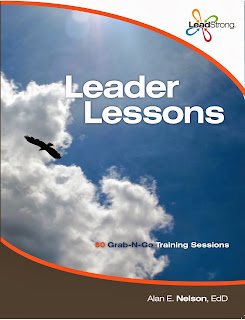R U a Teacher or Learner?

Recently I met with Craig Beller, the principal of Forest Grove Elementary School in Pacific Grove, CA. I am always delighted when I meet educators like Craig, because he's seasoned, savvy and understands the big picture. As I introduced LeadYoung Monterey's impetus on helping schools develop school wide positive support (SWPBS) and resulting benefits toward learning environments, he readily appreciated the larger schema of developing the whole student. The longer I interact with educators, the more surprised I am of how many seem committed to teaching, but not learning. A majority appears dedicated to perpetuating status quo, bearing down on required academics with tunnel vision. The attitude of not being open to new ideas seems antithetical to the concept of learning. The question I'm prone to ask is, "Are you a teacher or a learner?" I'm far more interested in learning from a learner than merely a teacher. I celebrate when I meet e...







